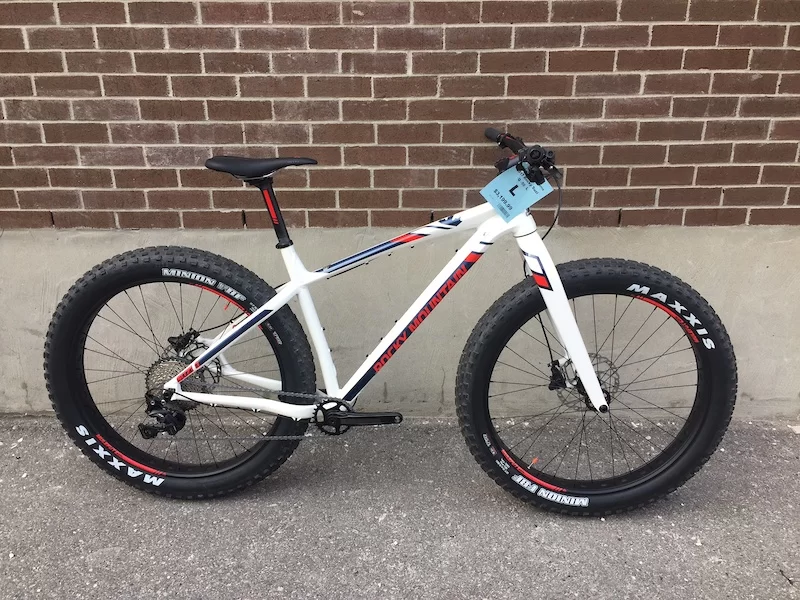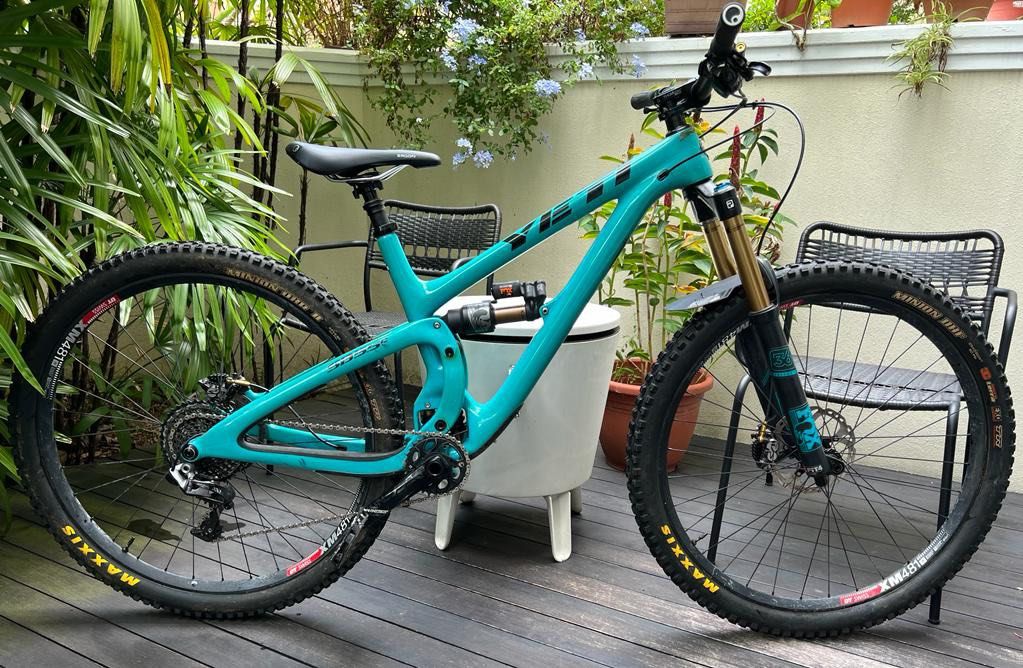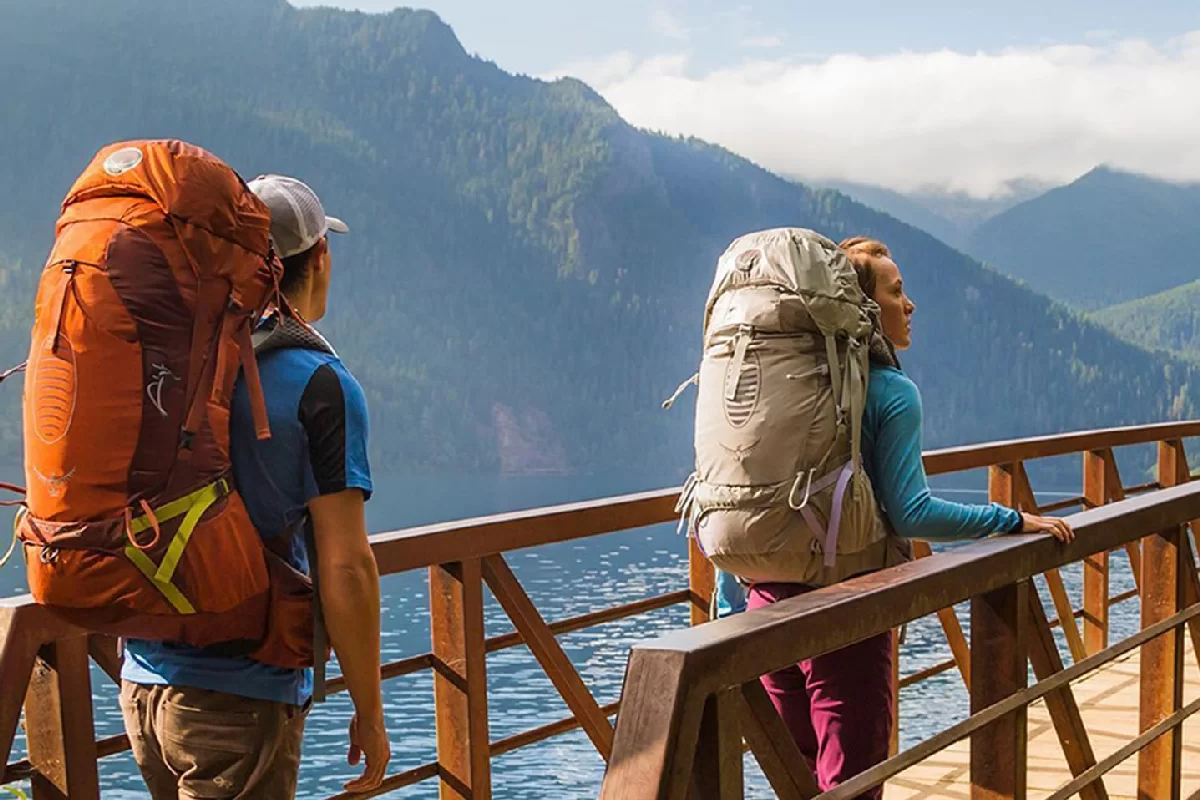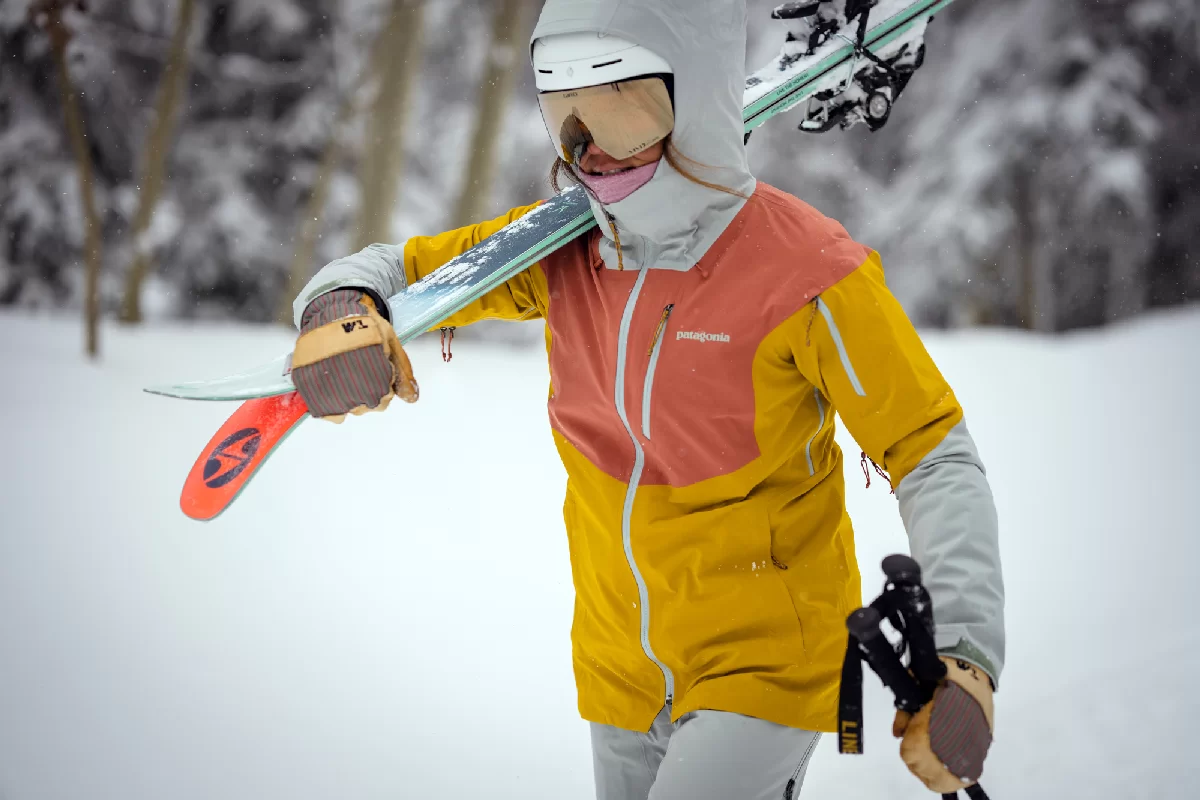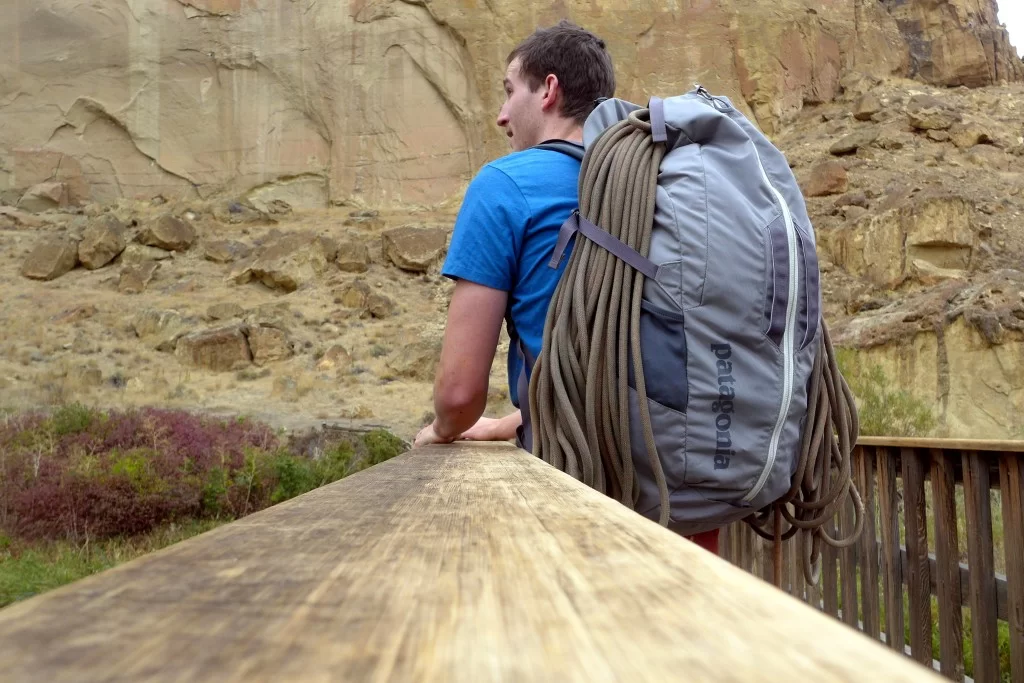Ride Quality
As a full-rigid alloy rig, with narrower tires than the others in the group, the Rocky Mountain Suzy-Q 50 was bound to have a rougher, less cushy ride than its suspended carbon brethren. But while this was indeed the case, we still very much enjoyed the overall ride feel of the bike—for everything but the nastiest terrain. This is not the bike on which to go bounding through boulder fields, but most riders won’t be going there on a fat bike anyway. And for the majority of the trails out there—especially the ones you might ride in the winter/snow—the taller rims meant a less abrupt hit over obstacles, even without the 4-plus inch tires of the others. And 3.8” is still quite fat, so the ride is much smoother than even a typical Plus bike. The slack headtube angle also helped over the rough stuff, but the rear of the bike was still quite bumpy.
Stiffness-to-Weight/Power Transfer
We very much appreciated the taller hoops and narrower tires on all but the muddiest and rockiest conditions—this combined with the XC geometry and very short chainstays gave the Rocky Mountain Suzy-Q 50 impressive speed for the money, especially up hills or sprinting and even more so when standing. We loved the monster 46T climbing “granny” gear in the back which meant only the nastiest grinds were too much for it. Of course compared to its carbon-framed counterparts, the stiffness in the bottom bracket and front end is noticeably less, but won’t be an issue unless you’re super aggressive and/or racing—especially since it’s comparably light at under 30 pounds, and some of the lost efficiency is compensated for with the taller hoops.
Climbing/Efficiency
Even with the slightly heavier/less rigid alloy frame, the Rocky Mountain Suzy-Q 50 was as quick and responsive (often more so), as most of the bikes in the test for climbing and sprinting. This is thanks to the taller, slightly narrower tires no doubt, which easily compensated for the alloy frame. Plus with no front suspension, you can really torque on the bars to gain some extra power, and standing is always rewarded without having to lock out the suspension. The efficiency is even more apparent once you get the bike up to speed—the momentum is carried noticeably better than the shorter, fatter-wheeled bikes. The only downside is in deeper snow/sand, where these tires don’t have as much float.
Descending/Handling
This is where the Rocky Mountain Suzy-Q 50 can’t compete with the other higher-priced and front-suspended rigs in this test. While the 27.5” wheels rolled better over obstacles, they’re a bit more sluggish through turns, especially while descending, and of course give the rider a slightly higher center of gravity. Plus the narrower tires offer less shock absorption, and most of the other bikes also have suspension forks. We also found that even medium front braking resulted in a noticeable pull to the right. This is something we expect in lower-end models, but not at this price point.
Components: Drivetrain, Shifting and Brakes
The Rocky Mountain Suzy-Q 50 is spec’d with a mix of Shimano’s XT and SLX, and also features a RaceFace crankset. It’s a 1×11 setup, with an XT shifter and rear derailleur and an 11-46T cassette. This is a solid package and a strong value, especially with the upgraded cranks and massive granny gear. Shifting is signature Shimano: ultra-quick, smooth and reliable, and the crank is stiff and light. The other thing we love on Shimano is multiple click options on their rear shifters—you can shift up to two gears in one motion to a higher gear (not available on SRAM), and up to three to a lower gear, and you can shift with either your thumb or forefinger. This may seem insignificant, but it’s quite noticeable when switching between the two—something you don’t know you need until you don’t have it. The thumb effort required on the SLX shifters was more than the testing team preferred, but by no means outside of acceptable range. Braking is fairly solid, with decent modulation and braking power, but under heavy load we would have appreciated more power and a stiffer front end.
Wheelset
The wheelset on the Rocky Mountain Suzy-Q 50 is s blend of parts including Sunringle Mulefut rims and RM’s own front hub with a DT Swiss 350 rear hub—the same setup as its top-end Suzy-Q 90. despite the taller 27.5” wheels, the set’s very respectable lightweight helps keep this bike under 30lbs, which again rivals its carbon-framed counterparts. There is some flex in the wheels, especially the front in tight corners and under heavy braking (an unfortunate inevitability of the taller rims), but otherwise they performed well and stayed true. And the upside of that added height is increased speed and better momentum.
Value
As the lowest-priced bike in this group, the Rocky Mountain Suzy-Q 50 is also one of its best values, and it can still hang with the big (more expensive), boys, albeit with some inevitable compromises. For this price, the bike’s frame is impressively stiff and responsive, and the components are better than many bikes at this level. And the bike performs solidly over a wide range of conditions, adding to its outstanding value. While it doesn’t excel at some of the more extreme riding conditions, it’s an excellent all-around performer for this price point, and a great choice for enthusiasts looking for one all-season bike for a wide variety of riding.
THE VERDICT
The Rocky Mountain Suzy-Q 50 is an excellent choice if you’re not yet ready to fully commit to a Fat Bike and/or if this will be your only mountain bike—it’s highly versatile and relatively inexpensive, and certainly one of the best values in this group. The narrower rims and tires will still provide many of the benefits of full-on fatties, but with better speed and without the weight and handling compromise, especially if you don’t always ride on snow or sand. It’s respectably light, especially for a 27.5” alloy rig, and it’s quite quick on harder packed snow or dirt. However there’s no suspension, so the ride is a bit bumpy, and descending can be tricky in more technical and/or turny terrain.

